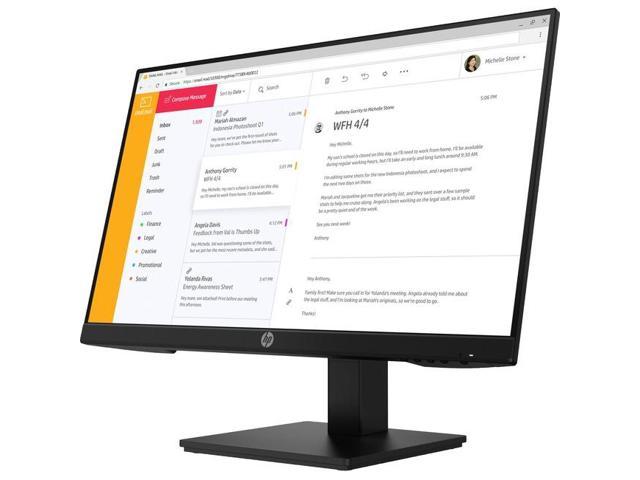and Statement of Purpose.- 1 The Inefficacy of Profit Level Regulation for the Natural Monopoly Markets of Diversified Firms.- A. An Economic Overview.- 1. Economic Rationale for Regulation.- 2. Economic Goals of Natural Monopoly Regulation.- 3. Incentives Under Rate of Return Regulation.- B. A Legal Overview.- 1. A View from the MFJ: A Selective Approach to Intermarket Subsidies.- 2. A View from the FCC: Cost Allocation and Transfer Pricing.- 3. A View from the States: Transfer Pricing.- 4. The Uses and Abuses of “Stand Alone” Costs.- 5. Regulating the Structure of Diversified Utilities Under Profit Level Regulation.- 6. Summary: Profit Level Regulation and Diversification.- 2 The Welfare Ingredients of Price Level Regulation: Incentives and Decisional Options.- A. The Firm’’s Incentives and their Welfare Implications.- B. Major Decisional Issues in a Price Level Regime.- 1. Defining the Market Scope of a Price Level Regime.- 2. Determining Initial Price Levels.- a. Aggregate Levels.- b. Price Relationships.- 3. Price Level Adjustments.- a. Programmed Adjustments: Inflation and Productivity.- b. Non-Programmed Adjustments: Material and Irregular Exogenous Cost Changes.- c. Adjusting for Differential Costs and Demand Factors.- 4. Price Structure and Relationships: Aggregate and Disaggregate Ceilings.- 3 Assessing the Efficacy of Price Level Regulation for the Natural Monopoly Markets of Diversified Firms.- A. Potential Benefits of Price Level Regulation.- 1. Productive Efficiency and Innovation in Natural Monopoly Markets.- 2. Allocative Efficiency.- a. Pricing in Natural Monopoly Markets.- b. Pricing and Output in Unregulated Markets.- 3. Reducing the Costs of Regulation.- B. Potential Problems of Price Level Regulation.- 1. Potential Pricing Problems.- 2. Potential Problems of Service Coverage and Quality.- 3. The Potential Problem Of Errant Indices.- 4. Potential Limitations on Efficiency from Oversight Standards and Monitoring Procedures.- 5. Problems in Defining the Constitutional Entitlements of Investors and Consumers Under a Price Level Regime.- 4 Implementing a Price Level Regime for Diversified Public Utilities.- A. As Applied to the Firm’’s Natural Monopoly Markets.- 1. Structuring an Efficient Process for Efficacious Decisions.- 2. Maintaining Efficiency Incentives Through Minimal Recourse to Profit Level Standards.- B. As Applied to Relationships between the Diversified Firm’’s Regulated and Unregulated Markets.- 1. Responsibilities of the Diversified Firm for the Provision of Natural Monopoly Services.- 2. The Regulator’’s Antitrust Role in the Diversified Firm’’s “Unregulated” Markets.- Conclusion.- Endnotes.- Afterword.















